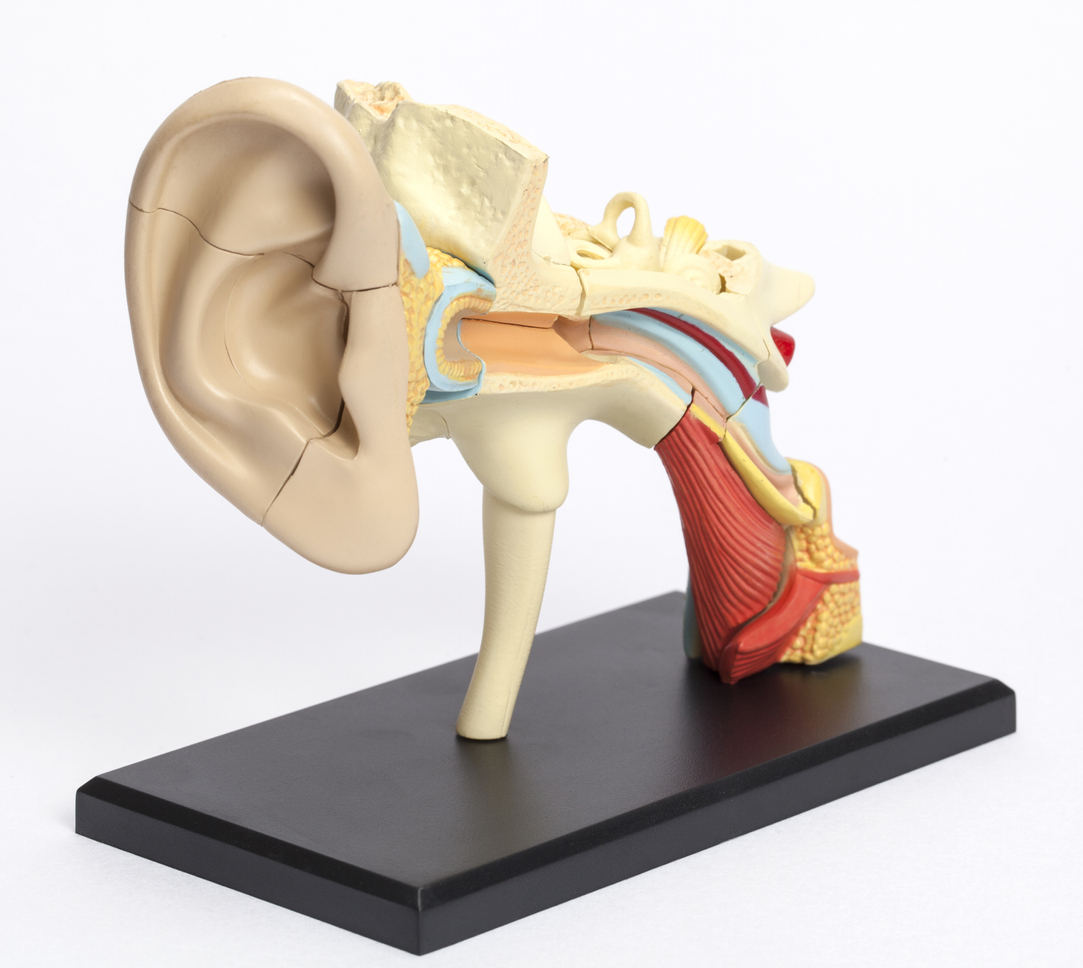
Are you trying to treat your own vertigo? Here's what you need to know
Vertigo, or the illusion that motion is taking place that is not actually occurring, is a common symptom with many causes. One of the most common causes is an inner ear condition called Benign Paroxysmal Positional Vertigo or BPPV, where crystals that are normally housed in one part of the inner ear get into the wrong area.
This will typically give you the sensation of a brief spin when you do things like rolling over in bed, getting in or out of bed, bending over or tipping your head back to look upward.
Like many people with dizziness or vertigo, you may look to the internet for help, particularly if you aren’t getting any solutions from the medical community. You will definitely find all sorts of suggestions and maneuvers to try for self-treatment of vertigo, however they may or may not be valid or appropriate for your particular situation.

Proceeding with caution
First of all, your vertigo may not be due to BPPV at all, in which case the treatment maneuvers are going to have no effect whatsoever. Secondly, even if you do have BPPV, treatment of it is not a ‘one size fits all’ affair. The most common self-treatment maneuver people will stumble upon on-line is the Epley Maneuver, however there are many different variants of BPPV, and therefore many different maneuvers that need to be chosen from in order for treatment to be effective.
You have to know which ear is the culprit, which canal(s) the crystals have moved into, and whether they are freely moving in the canal vs. ‘hung up’, in order to choose the correct treatment maneuver. It can also be challenging to move through the various maneuvers in a way that incorporates the correct speed or head angles, both of which are important for the success of the maneuver.

It is very important to have a vestibular-trained medical professional evaluate your vertigo to determine if it is actually consistent with BPPV based on the nature of the symptoms and the type/direction of eye movement that occurs when the vertigo is triggered. Vertigo can be a warning flag for things more sinister than crystals in the wrong part of the inner ear, so making sure this is in fact what you have is crucial before trying maneuvers that could be ineffective or even dangerous if not BPPV.
Be aware that not all medical professionals are particularly well-trained in this area. Many are familiar with the most common variant and the Epley maneuver for treating it, but not the other variants and maneuvers. All too commonly, we see people being treated multiple times for BPPV when that is not what the patient has at all, or when the wrong maneuver is being used.
Stick with the experts
At Lifemark, our vestibular therapists are trained to determine if BPPV appears to be an accurate diagnosis, and if so, can establish which ear, canal(s) and variant of BPPV you have so that the appropriate maneuver can be selected. Most of our therapists are aided by the use of infrared goggles to be better able to observe the subtle eye movements necessary to make these determinations.
They can then guide you accurately through the correct maneuver, and if necessary teach you how to do it on your own at home. However, with the efficacy of the treatment maneuvers being typically 1-3 treatments, home treatment is seldom needed, and most patients just prefer to have the therapist take care of it with a few more visits if BPPV is not corrected on the first attempt.
If you think you’re in need of relieving vertigo symptoms, learn more about vestibular assessment and treatment, and find help with your dizziness or balance problem from one of our many vestibular therapists from coast to coast.







